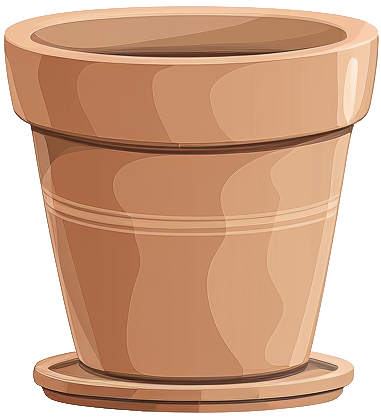- ceropegia
- sandersonii

ceropegia
sandersonii
sandersonii
Care level
Medium
Popularity
Niche
This charming trailing plant produces the most whimsical flowers that look exactly like tiny white and purple umbrellas or parachutes dancing in the breeze. Each bloom is actually a clever trap that temporarily holds visiting flies to ensure pollination, earning it a spot among nature's most fascinating tricksters.
Care & maintenance
Light
Bright light, usually located near windows but doesn't receive direct rays for more than an hour during the day.
Temperature
Wide range (59°F - 86°F)
Fertilization frequency
Low
Once per season.
Soil
Choose a General purpose mix: A versatile blend with excellent water retention and aeration. Provides balanced nutrition and suitable drainage for a wide variety of houseplants.
If you want to create your own substrate, you can make a mixture of the following soils:
Click on the soil name for more information.
Pot

Standard size
Prefer a pot with a classic width/depth ratio.
Incorrect or incomplete information?
In our goal of building the best plant database, we sometimes make mistakes or have incomplete information. You can help us fill these gaps!
Features
Size & growth
Small
Trailing
Moderate growth
This plant grows at a moderate rate. It can reach up to 12 inches in height or spread.
It spreads horizontally, often along the ground.
Toxicity
| Cat | |||
|---|---|---|---|
| Dog | |||
| Human |
Reproduction & propagation
Fruits & flowers
Flowering & not self-pollinating
The ceropegia sandersonii can produce flowers and therefore fruits.
This plant is not capable of self-pollination, it will not be able to produce fruits if it is not pollinated by another individual.



